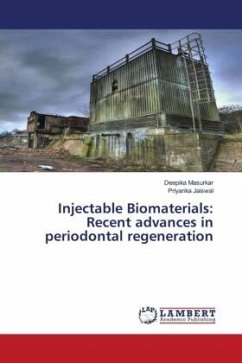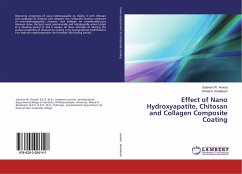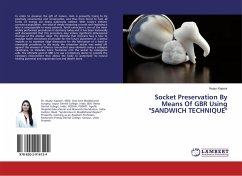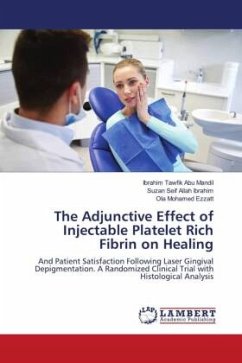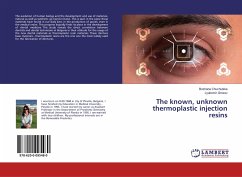Periodontal disease (PD) is one of the most common inflammatory oral diseases. If not treated properly, PD leads to degradation of periodontal tissues, causing tooth mobility, and eventually tooth loss. Conventional clinical therapy for PD aims at eliminating infectious sources, and reducing inflammation to arrest disease progression, which may not result into complete regeneration of lost periodontal tissues. There are two strategies for periodontal regeneration: GTR and tissue engineering approaches. GTR has been widely used for periodontal regeneration in clinic for decades. Although GTR has positive treatment outcomes, there are limitations of GTR treatment for periodontal regeneration. Tissue engineering strategy uses stem/progenitor cells, scaffolds and bioactive molecules to build biomimetic systems to induce new tissue. Depending on biomaterials used, tissue engineering strategy for periodontal regeneration can be categorized into scaffold-free and scaffold-based approaches. Polymeric materials that have relative low mechanical strengths (e.g. collagen, gelatin, and chitosan) are the candidate materials for PDL regeneration.

